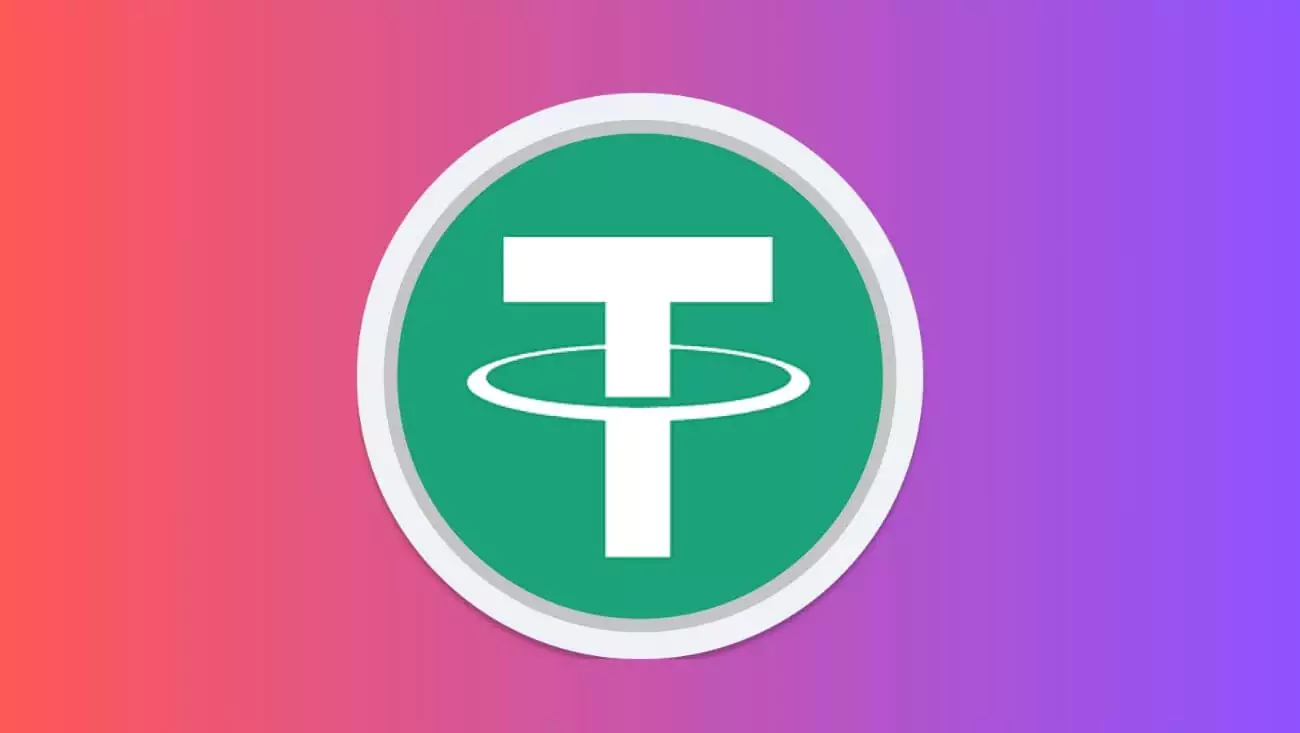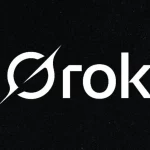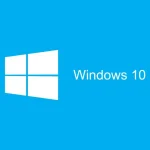May 5, 2025 – Tether, the company behind the leading stablecoin USDT, has made a bold entry into the artificial intelligence (AI) space with the launch of Tether AI on May 5, 2025. Branded as “Personal Infinite Intelligence,” this fully open-source AI runtime is designed to operate on any device without the need for API keys or centralized servers, creating a peer-to-peer (P2P) network of billions of AI agents. What sets Tether AI apart is its integration with Tether’s Wallet Development Kit (WDK), enabling seamless payments using USDT and Bitcoin, a move that could redefine the intersection of AI innovation and the cryptocurrency ecosystem. CEO Paolo Ardoino described the platform as a step toward an “unstoppable” decentralized AI network, positioning Tether as a pioneer in this rapidly evolving field.
https://t.co/qQkox6AfNg coming soon pic.twitter.com/1FZonsW5nq
— Paolo Ardoino 🤖 (@paoloardoino) May 5, 2025
Tether AI’s architecture is built to be modular and composable, meaning it can run on a wide range of hardware—from low-cost smartphones to high-powered servers—without relying on a central point of failure. This decentralized approach ensures resilience and privacy, addressing growing concerns about data centralization in traditional AI systems. The platform’s integration with WDK, which Tether introduced in November 2024, allows AI agents to autonomously conduct transactions using USDT and Bitcoin, opening up new possibilities for financial automation. For instance, an AI agent could independently pay for computing resources or settle transactions in a decentralized marketplace, all while maintaining user control and privacy through non-custodial wallets.
What Tether AI Offers: Features and Capabilities
Here’s a breakdown of Tether AI’s key features:
- Open-Source Framework: A fully accessible AI runtime that developers can customize and deploy on any device.
- Decentralized Operation: Eliminates API keys and central servers, ensuring no single point of failure.
- Crypto Payments: Supports USDT and Bitcoin transactions via WDK, enabling AI agents to operate financially.
- P2P Network Vision: Aims to connect billions of AI agents in a global, decentralized network for enhanced collaboration.
The launch of Tether AI builds on the company’s growing focus on AI, following its 2023 stake in Northern Data Group for AI infrastructure and a 2024 recruitment drive for top AI talent. Ardoino’s vision for Tether AI draws inspiration from science fiction, aiming to make AI a ubiquitous part of the digital universe, much like the interconnected systems envisioned by author Isaac Asimov. The platform’s integration with Keet, Tether’s P2P messaging app, further enhances its capabilities, allowing AI agents to communicate in real-time without intermediaries or surveillance, a feature that aligns with the growing demand for privacy-focused tech. This decentralized model stands in stark contrast to mainstream AI platforms like ChatGPT or Google’s Gemini, which rely heavily on centralized infrastructure.
For the crypto community, Tether AI presents a mix of opportunities and uncertainties. On the positive side, the ability for AI agents to transact using USDT and Bitcoin could accelerate the adoption of cryptocurrencies in AI-driven applications, such as automated trading systems or decentralized finance (DeFi) protocols. This could also enhance blockchain scalability, as P2P AI networks reduce reliance on centralized servers for processing. However, some analysts caution that the platform’s early stage means its real-world impact remains untested. The lack of a specific public release date or open codebase has led to skepticism among developers, who are eager to see how Tether AI will handle complex use cases like large-scale data processing or cross-chain transactions.
Tether AI’s debut comes amid a broader trend of convergence between AI and blockchain technologies, with major players like Visa and Mastercard also exploring AI agent initiatives. Tether’s unique position as a stablecoin issuer gives it an edge in integrating financial transactions into AI workflows, potentially setting a new standard for how AI operates within decentralized ecosystems. The company’s history of innovation—evidenced by its dominance in the stablecoin market, with USDT holding a 68% market share as of early 2025—lends credibility to its AI ambitions. Still, challenges remain, including ensuring the platform’s scalability and addressing regulatory concerns around autonomous AI transactions, which could face scrutiny in jurisdictions with strict financial oversight.
The implications of Tether AI extend beyond the crypto space, offering a glimpse into a future where AI and blockchain work hand in hand to create decentralized, privacy-focused solutions. For developers, the open-source nature of the platform provides an opportunity to build innovative applications, from AI-driven payment systems to autonomous data marketplaces. For users, it promises a more secure and independent way to leverage AI, free from the surveillance often associated with centralized systems. As Tether AI evolves, its success will hinge on community adoption and the company’s ability to deliver on its ambitious vision.
Tether AI’s launch marks a significant milestone in the fusion of AI and cryptocurrency, with the potential to reshape how we interact with both technologies. As the platform gains traction, it could pave the way for a new era of decentralized intelligence, where AI agents operate independently yet collaboratively on a global scale. What are your thoughts on Tether AI’s potential to transform the AI and crypto landscapes, and how might it impact your engagement with decentralized technologies? Share your insights in the comments—we’re excited to hear your perspective on this groundbreaking development.







